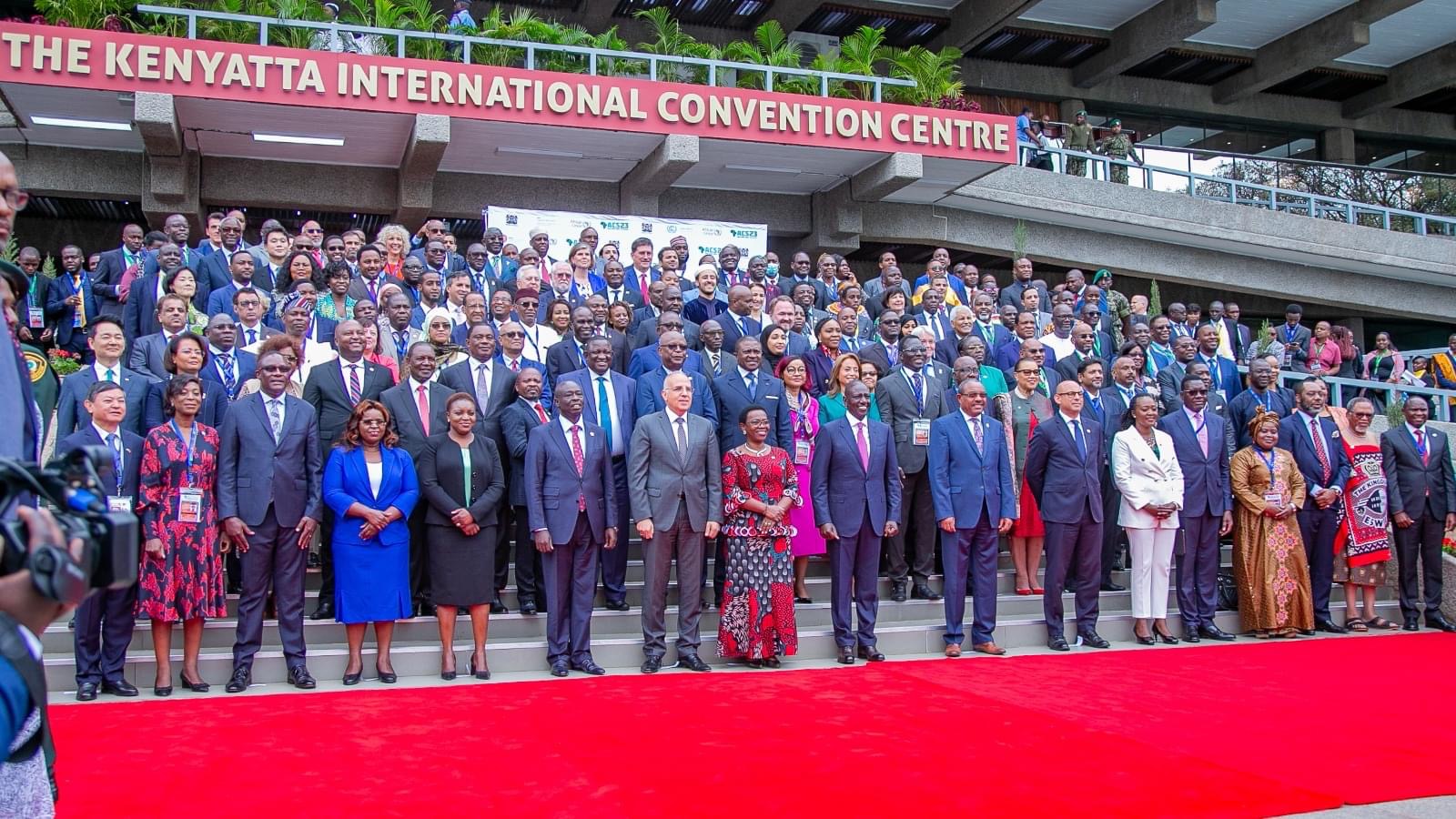
A carbon sink, according to an environmental organisation, ClientEarth, is the use of natural resources, ocean, soil and forests, to absorb carbon dioxide from the atmosphere.
Carbon dioxide, concerning climate change, is the earth’s natural temperature trapper. An increase in the atmosphere changes the natural greenhouse effect and causes the global temperature to rise.
Ruto stated this at the opening remark of the Africa Climate Summit Ministerial Conference.
He said, “Africa has witnessed a one-third reduction in agricultural productivity due to climate change; a stark reminder of the urgent need for adaptation.
“By building on the wealth of indigenous knowledge, we can scale, enhance, and even monetise our agricultural systems. This enables us to unlock the huge potential in our agricultural land assets, representing two-thirds of the world’s uncultivated and underutilized arable land, to feed our growing population and do so in harmony with our invaluable natural carbon sinks.
“Additionally, the restoration and expansion of Africa’s natural carbon sinks are not just an environmental imperative; they are an unparalleled economic goldmine. They have the potential to absorb millions of tonnes of CO2 annually which should translate into billions of dollars, improved livelihoods and millions of opportunities across the continent. And all of this comes while safeguarding our rich biodiversity.”
The president further stated that Africa’s renewable energy resources were not just for the safety of the environment but a catalyst of radical socio-economic prosperity.
“Africa can power all energy needs with renewable resources. The continent has enough potential to be entirely self-sufficient with a mix of wind, solar, geothermal, sustainable biomass and hydropower. Africa can be a green industrial hub that helps other regions achieve their net zero strategies by 2050.
“It is not just the volume but also the non-seasonality of our renewable energy that stands out. The nearly year-round sunshine makes Africa’s solar potential particularly unique, perfectly suited to industrial energy demands—something that is more challenging in temperate climates,” Ruto said.
He urged African nations to solve the energy poverty in the continent through the abundant resources offered by new technologies.
The Kenyan president called on African leaders at the summit to converge on efforts African priorities as a pathway for achieving the financial structures that can deliver Africa’s goals.
He stated that the summit was to determine a bold and radically affirmative future for Africa.
Ruto added, “We are here to envision a continent that links markets and connects resources with demand, unlocking massive economies of scale. A continent that offers an economic backbone for a decarbonized world. A continent that thrives and shapes a climate-proof future for all.
“So, as we immerse ourselves in the array of complex issues during this Summit, let us fix our gaze firmly upon the horizon of possibilities. The future is not just something to hope for; neither is it something to merely wish or wait for, the future is for us to conceptualize and actualize starting now. That is what we have come to do at the Africa Climate Summit.”
Representing a network of over 1,000 organisations from 51 African countries, Pan-African Climate Justice Alliance and Civil Society Organisations, Mithika Mwenda, stated that the outcome of the summit must restore hope for millions of people impacted by the climate change crisis.
He added that adaption measures should dominate the discussion during the summit.
Mwenda said, “We need a deep conversation on how to strike a balance between adaption and negotiation as delayed action would result in exponential costs.”
He urged the leaders to renew their commitment to supporting communities at the frontline of the climate change crisis.




